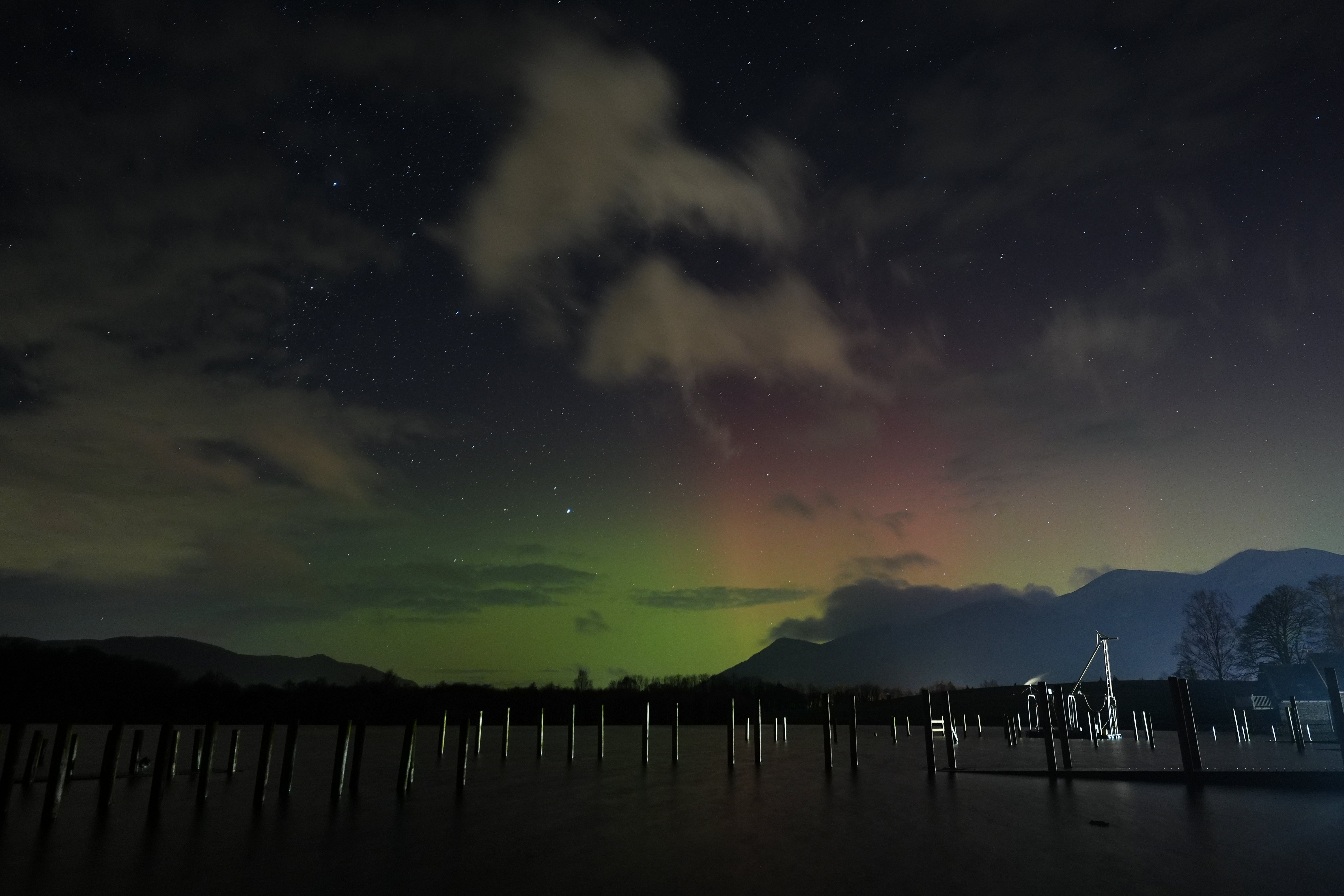Northern Lights could be visible again in UK after stunning New Year display
Sun spat out powerful blasts to finish out 2024

Your support helps us to tell the story
From reproductive rights to climate change to Big Tech, The Independent is on the ground when the story is developing. Whether it's investigating the financials of Elon Musk's pro-Trump PAC or producing our latest documentary, 'The A Word', which shines a light on the American women fighting for reproductive rights, we know how important it is to parse out the facts from the messaging.
At such a critical moment in US history, we need reporters on the ground. Your donation allows us to keep sending journalists to speak to both sides of the story.
The Independent is trusted by Americans across the entire political spectrum. And unlike many other quality news outlets, we choose not to lock Americans out of our reporting and analysis with paywalls. We believe quality journalism should be available to everyone, paid for by those who can afford it.
Your support makes all the difference.The intense solar activity that led to the Northern Lights appearing on New Year’s Day is fading – but there is still a chance to see the spectacle in the coming days.
Just before 2024 ended, the Sun spat out a pair of coronal mass ejections, or CMEs, which are intense blasts of plasma. As it made contact with the Earth, they disturbed the Earth’s magnetic field and kicked off severe geomagnetic storms.
Such storms can cause problems for technology and infrastructure. The Space Weather Prediction Center at the US National Oceanic and Atmospheric Administration warned that there could be problems with power supplies and that satellites could behave strangely, for instance, which has in the past caused problems for farmers whose systems rely on them for precise location.
That same activity can lead to aurorae, however, such as the northern and southern lights. This time around that meant that the northern lights could be seen at relatively low latitudes, including as far south as the midwest.
The timing of the eruption meant that they appeared as the calendar changed into 2025, allowing traditional New Year’s Day fireworks to be complemented with stunning natural lights in the sky.
That activity is now gradually easing, according to the UK’s Met Office. It said however that it may increase again until Saturday, 4 January – which could meant the aurora are visible in northern Scotland.
Late last year, Nasa and other experts announced that the Sun had reached the “Solar Maximum”, or the most intense part of its 11-year cycle. That period sees the Sun move from being relatively calm to being more active and hit with increased storms.
During that period, the solar weather is likely to be more intense. That leads to both more chance of spotting aurorae but also potential consequences for satellites and other infrastructure.
Some experts have warned that a particularly intense solar storm could bring with it disastrous effects, given how widely humanity relies on technology such as power grids. Even without such extreme storms, space weather is already causing problems for some industries.
Join our commenting forum
Join thought-provoking conversations, follow other Independent readers and see their replies
Comments